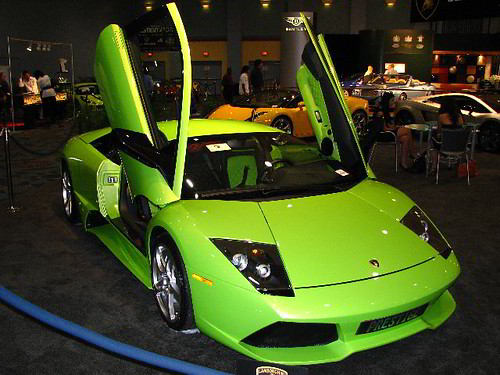|
|
|---|
Sunday, October 25, 2009
REE: Electric Cars Could Pose a Challenge to Rare Earth Supply in “Nightmare Scenario” TNR.v, CZX.v, AVL.to, RES.v, QUC.v, BYDDY, TM, TTM, NSANY, RNO,
Posted by andre at 10:30 AM
"Neodymium magnet is at the heart of Green Energy Revolution - strongest rare earth magnet available it allows to make a smaller lighter and more powerful electric motors used in hybrids, electric cars and wind turbines."

Rare Earth Elements: REE - explained.
It is not an excuse not to build electric cars - resources could be developed in Canada, Ireland and other stable countries and Junior are working on it already.
"We like the speed and cars and this company seems to be up to the speed with recent explosion in Lithium and other Rare metals story, but you need to check charts of AVL.to, RES.v and QUC.v to understand where the Big Bang is. Nothing to be complained about with value building in TNR Gold / International Lithium story, but jealousy is infectious: Chinese are in control of Rare Earth Elements market, keeping more and more for themselves and there are only a few companies with goods to dream about Independent supply to western markets."
Dr Irving Mintzer principal of MEG LLC, an energy consulting firm, described a “nightmare scenario” at the Critical & Strategic Metals Summit in Washington DC this week. Driven not by cost advantage but by a combination of government incentives, legislation and taxation, Dr Mintzer painted a picture of a world in 2030 in which a third of the probable 72 million vehicles produced each year by that time are either fully electric or hybrid petrol/electric vehicles. Why is that a nightmare scenario you may ask? Surely that would be a quieter, cleaner altogether better world if the role of the internal combustion engine was reduced? Well indeed it would be a quieter, cleaner world, the nightmare element is the demand it would put on electric power generation and on production of certain key metals needed to make such vehicles.
True 2030 is a quite a long way off. Twenty years is probably a reasonable timescale to design and build a smart grid capable of handling the power demands such a switch would make. It is also just about long enough to build the mix of nuclear and renewable energy sources that would be required to meet the power demands without increasing our carbon emission even more than they currently are. It would hopefully be long enough to improve renewable technologies sufficiently that they are economical without the subsidies they need now to achieve project funding. But metal demands look challenging; by Dr Mintzer’s estimations at current Cobalt (Co) and Neodymium (Nd) content levels in a typical Lithium ion battery (everyone agrees there is enough Lithium, it’s the minor metals needed for the cathodes and for the braking regeneration units that will be the challenge) it’s hard to see where the metal will come from. In current cars some 5kgs of Co and 2 kgs of Nd are needed in every car. Even if improved technology reduced this to 0.5kgs of cobalt and 1 kg of Nd the world would need an additional 12,000 tons of cobalt and worse some 24,000 tons of Nd. According to an informative presentation given by David Weight of the Cobalt Development Institute, the world currently produces about 55,000 tons of cobalt and is broadly in supply/demand balance. Some 50% of supply comes from the politically unstable Democratic Republic of the Congo (DRC), the world’s richest source of cobalt. The rest mostly comes as a by product of nickel and copper production and is hence somewhat price inelastic, meaning the primary economics of the mine are driven by nickel and copper demand not cobalt. Cobalt demand has risen at a steady 5.6% for the last ten years which if extrapolated forward would see demand in the region of 163,500 tons, before we add in additional demands for electric cars. Extrapolating figures back from a separate presentation given at the conference by Dudley Kingsnorth, Neodymium production is currently around 17,000 tons and typically represents about 16.3% of Rare Earth deposits. Pretty much all of it currently comes from China but several new potential mines were promoted at the conference, all looking for funding. In reality no more than two of these are likely to come to fruition with a probable production capacity of less than 30,000 tons, at the above Nd content guide that would yield just 5,000 tons of Nd, somewhat short of the additional 24,000 tons required. As Dudley Kingsnorth explained in a video interview on MetalMiner earlier today these Rare Earth mines and processing facilities take at least 10 years to go through environmental, feasibility and funding stages before a kg of metal is produced. In reality, Dr. Mintzer’s scenario is unlikely to become reality but the above projections illustrate the dramatic effect a new technology can potentially have on metal demand when supply is finite.
–Stuart Burns"
Subscribe to:
Post Comments (Atom)















0 comments:
Post a Comment